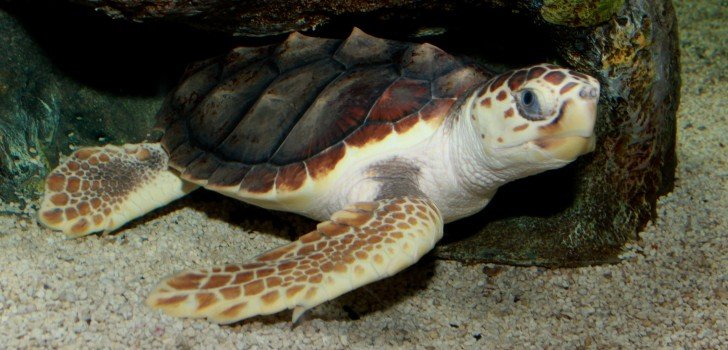On the beaches of Cumberland Island, Georgia, the work of wildlife biologist Doug Hoffman has begun to positively affect the populations of giant loggerhead sea turtles there after many years. Turtle populations increased following a decline the previous year in one of the strongest summer seasons on record, which included the Carolinas and Florida.
This year marks the fifth season in six years that saw an increase over the previous record, with scientists recording nearly 2,300 loggerhead nests in Georgia alone.
The species was listed 37 years ago as “threatened” under the Endangered Species Act, and along with the green sea turtle in Florida, may have begun to enter a recovery phase. The green sea turtle came near extinction in the 80s, where less than 50 nests per year were being counted, a number which now exceeds 12,000.
Because both species take decades to reach sexual maturity, researchers cannot yet determine whether the recent numbers are a sign of a permanent recovery. Kate Mansfield of the Marine Turtle Research Group at the University of Central Florida commented on the effort, “It’s promising and exciting, but the long term perspective is needed… For the past five years we’ve had good years, but we have to look at this over 25-plus years.”
Some of the strategies to boost the population include placing protective mesh over turtle nests to protect from predators, and special nets that have been required on shrimp trawler boats since 1987 that allow the turtles to escape.
In Georgia, nests were only averaging around 1,000 per year between 1989 and 2009, but then began a rapid rise. The trends in the Carolinas were similar to those in Georgia, showing a big drop in 2014 before rebounding this year.
The long term goal for loggerhead turtles was to have 2,800 nests by 2028, which is just within reach as long as current trends continue.
Stay Connected